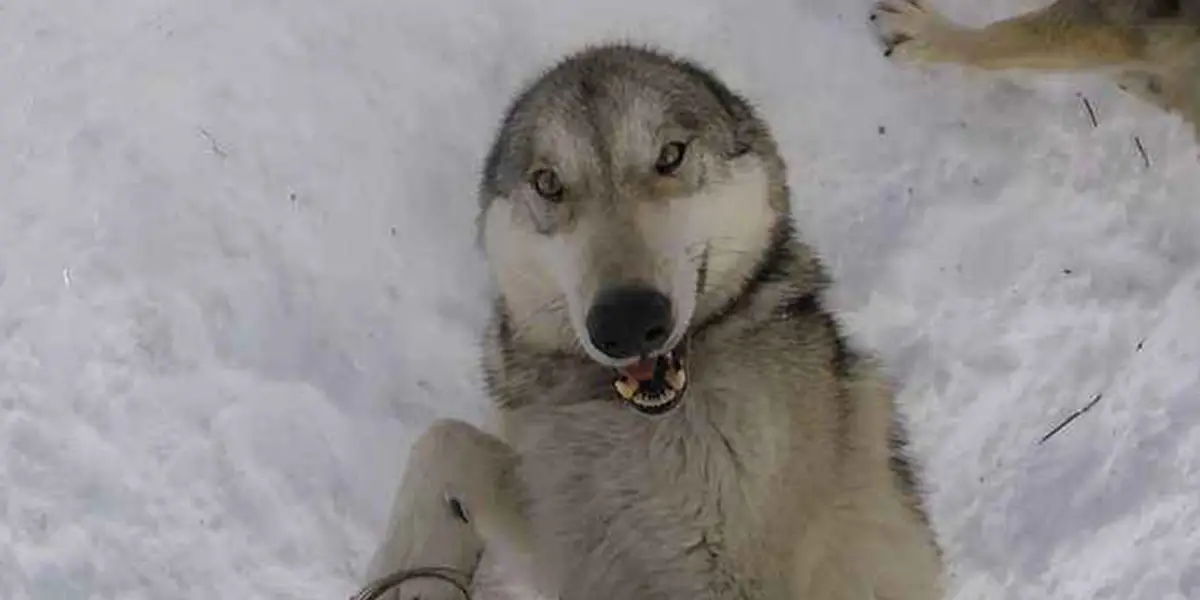Why Wolves Are Beautiful Animals

By Mayukh Saha
The first thing that comes to mind when one hears the word “wolf” is danger, predation, villainy and brute strength. And that is the case with a lot of creatures who have been misunderstood again and again thanks to their negative depiction in literature.
Wolves are the largest of the canine species that belongs to the group Canidae. They can be found all across the Tundra regions of the northern hemisphere today, although mostly in vastly depleted numbers.
They are the predecessors of modern dogs too; dogs came from the selective breeding of tame and calm wolves. This was brought about by what is nicknamed the ‘elf’ gene in wolves; it slowly augmented the child-like features of wolves like barking and rounder snouts overtime, making them more useful to men.
“Useful to men” is a very time-relative term here. Yes, wolves are wild spirits, majestic creatures that hunt deer and eat them, and might not make savoury pets most of the time, but really, they serve a much greater purpose for mankind and the world in general.
This was seen a few years ago, in the world’s first national park, Yellowstone. For seventy years, there were no wolves around Yellowstone, thanks to hunting, poaching, habitat loss etc.
Ironically enough, after being reintroduced in the 90s, it was the wolves who literally saved the rivers and grasses of Yellowstone, by hunting the extra herds of elk, and making room for the plants to rejuvenate and regrow after being mauled and overgrazed. The rivers too, found respite as a result of this, as trees stabilised more and grew along river banks thanks to not being eaten up as saplings by deer; this brought in newer shoals of fish into the park. This also brought back another lost species on its own: beavers.
So you see, the beauty of letting the kings of the icefields take over? Nature has its own ways of balancing things out, but only and only when that harmony of numbers between eaters and the eaten are maintained.
The literature too has recovered in recent years as wolves are being depicted as heroic creatures. Game of Thrones is one of the many attempts at this, depicting direwolves, an ancient prehistoric breed of giant wolves as the companions of a deserving dynasty.
Wolves are amazing creatures as a whole. They grow to staggering sizes and have superb senses of hearing and smell, to hunt in the dark and in the icy tundra regions. It is hard to not appreciate that raw beauty.
Add to that, the metaphor of a strong warrior culture being akin to a wolf was not lost to the ancients either: the myth of Romulus and Remus stood the trials of time, as Rome, founded by the wolf-suckled brothers, conquered the world.
It is time human beings learn to accept the simple fact that just because a creature does not fit the notions of “cute” or “useful” in the sense they would want, does not mean they are fit to be executed.
Every creature plays a crucial role in the delicate jigsaw that is natural balance, and it is our responsibility to see to it that it doesn’t get disrupted.
If you enjoyed reading this, click on this link to read up about a person who enjoys the company of wild animals more than he enjoys being with human beings. Just saying, he too was raised among wolves: https://truththeory.com/2018/05/02/man-raised-by-wolves-prefers-the-company-of-beasts-over-other-humans/
Leave Comment: